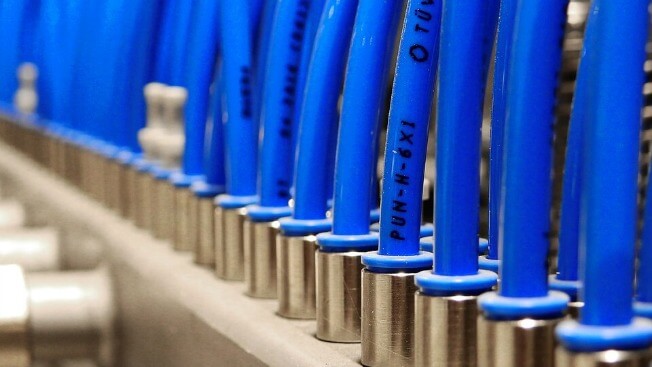How to Detect Leakages in Pneumatic Systems
|

The average manufacturing plant loses up to 35 percent of its compressed air because of leakages. Many leaks can be prevented or repaired, but it can be expensive. Because leaks are so common, there are ways you can easily detect them
Read on to learn about how you can detect leakages in a pneumatic system.
How to Detect Leakages in Pneumatic Systems
Leaks are usually found at junction points around joints and connectors. You can fix a leak by tightening a connection or make a more complex replacement. There are a lot of things that can cause a leak.
You can detect a leak checking certain parts of the system. A leak can be caused by the following:
Faulty Connectors
Connectors joint hoses, peripheral devices, or tubes. You need to have the right type of connector to ensure the joints are leak-proof. These connectors should be sealed in the necessary places.
A popular type of connector is the push-in connector. They are simple and can be easily installed. However, they may not be the best choice because they can cause more leakage if there are frequent connection and disconnection.
Pressure
If there is a high-pressure load on valves or connectors, leakage may occur. Check if these loads are over their specified rating.
The rate of flow in the air is caused by the differential pressure across a leakage point. A lower pressure system will reduce the risk of leakage. If the pressure is high, this is one of the common signs of leaks.
Reducing future leaks can also be done by stabilizing the header pressure. If this pressure system is at the minimum, leakage rates will decrease.
Too Many Connections
You can detect leakages by checking how well the connections are sealed. Even if you think they are sealed carefully, they can be pushed to function outside of the pressure parameters. This will make leakages occur when using pneumatic systems.
If you have a lot of connections in the system, you run a greater risk of having multiple leakages. This could lead to overall pressure dropping.
You should not expand your system by adding more connections. Not only do you run the risk of more leaks, but the system will also become more complicated.
Wrong Connection Type
There are different types of machinery, therefore, it is important to get the right connection type. These thread types need to match to keep from leaks happening. When you have the correct connection types, be sure to also have the right values for threaded joints and connections.
Always Detect Your Leaks
Now that you know how to always detect your leaks in a pneumatic system, you can get them fixed right away. Be sure to check up on your system regularly because the cost of air leaks can be pricey.
For more information about how to detect leakages in a pneumatic system, contact us today.
